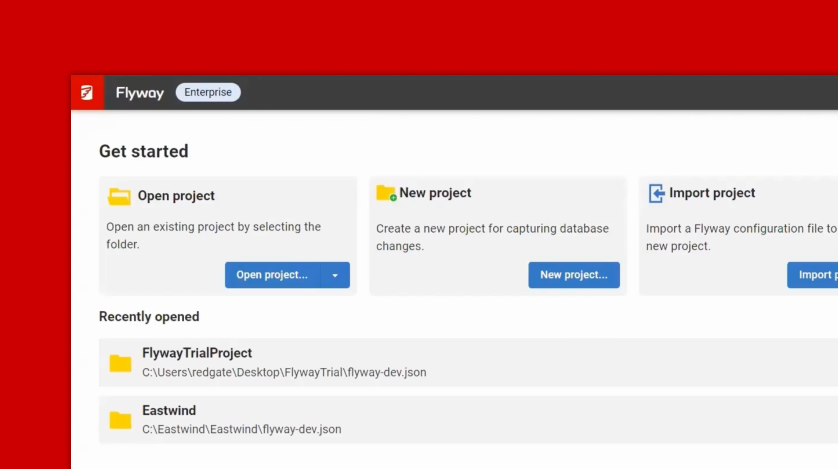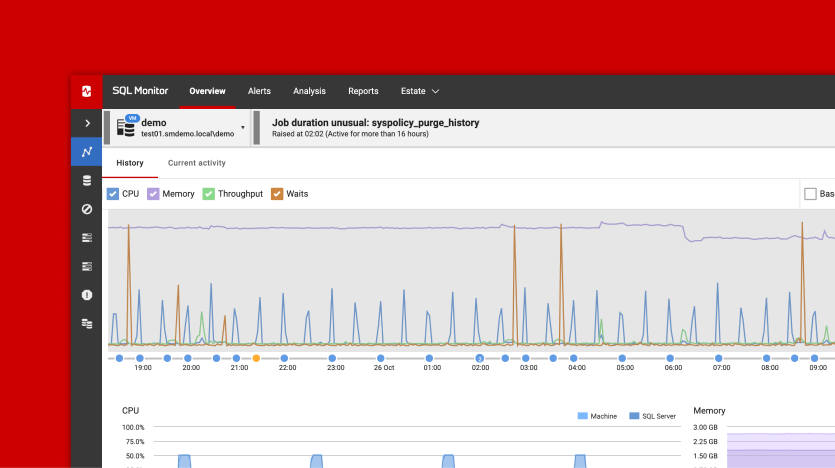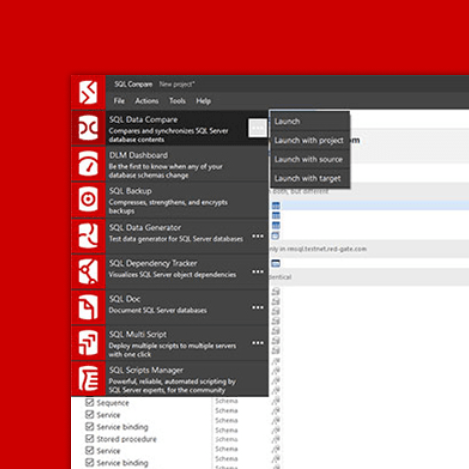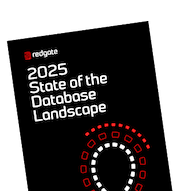Learn how to use Flyway for Automated Database Migrations
A learning path for managing and automating database deployments, from version control, using Flyway.
You’ll need to click on the image once to open it, and then the links in each article box will work.
Key:
- Yellow box = Flyway Community Edition
- Blue box = Requires Flyway Teams Edition
- Red box = Requires Flyway Enterprise
For further information about Flyway:
- Flyway documentation
- Flyway video training courses on Redgate University













